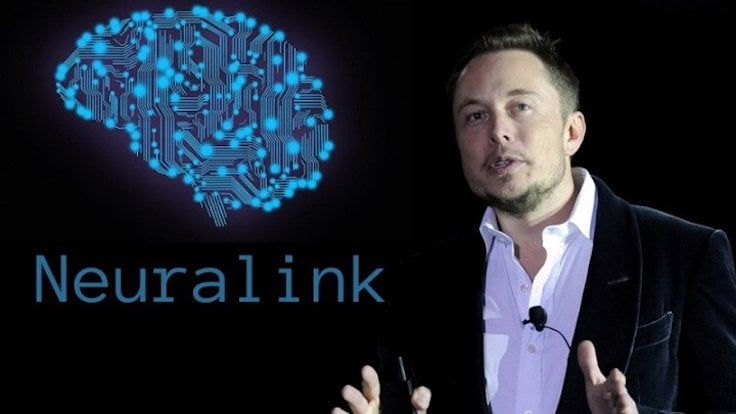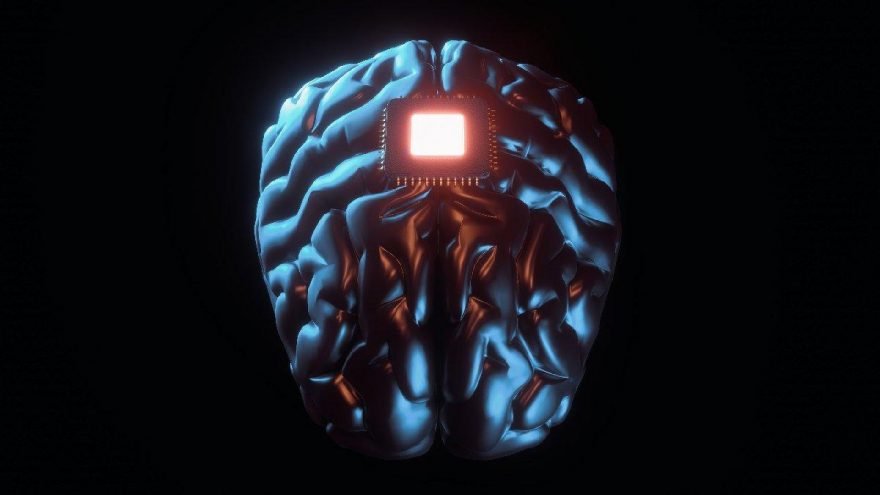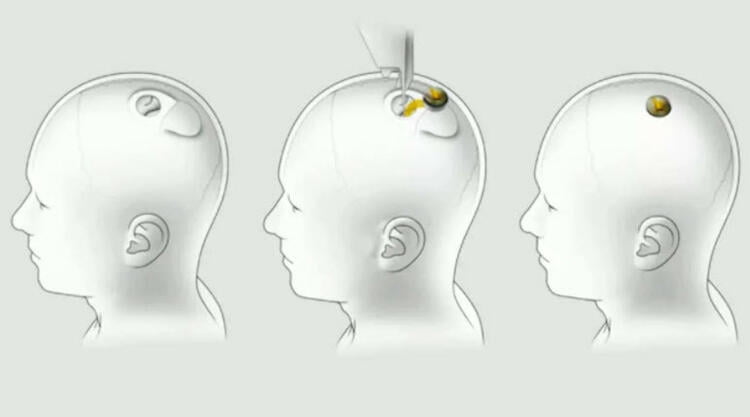Elon Musk’s Neuralink device presentation is like the brain-machine interface placed on the pig named Gertrude. But how possible is vision possible? When short reservations about science were raised, Musk; He denies reservations by tweeting: “Unfortunately, many academics are more concerned with gaining excess weight than their ideas and bringing them to life. For them, the idea of going to the moon is both trivial and difficult. ”
Brain-machine interfaces; It uses electrodes that translate neuronal information into commands to control external systems such as a computer or robotic arm. Neurochips was invented in 2005, which can record brain signals, known as action potentials, from a single cell for days and even send electrical pulses to an animal’s skull. They used them to create artificial connections between brain regions and to generate permanent changes in brain networks.
Unique minds
Neuroscientists have been listening to brain cells in animals since the 1950s. At the beginning of the 21st century, brain signals from monkeys were used to control an artificial arm. And in 2006 the BrainGate team began implanting 100 array electrodes into the brains of people with stroke, providing basic control of computer cursors and assistive devices.
They built a device to wirelessly transmit signals from 1,024 electrodes placed in Gertrude’s brain by an advanced robot. Team; It is fast moving towards a human trial and believes studies can improve the performance of brain-controlled devices for people with disabilities. Musk has more ambitious goals hoping to read and write thoughts and memories, activate telepathic communication, and ultimately unite human and artificial intelligence (AI).
An approach called “biomimetic” decoding is used in most brain-machine interfaces today. Brain activity is first recorded while the user imagines various actions such as moving his arm left or right.
When we know which brain cells prefer different directions, it can solve subsequent movements by calculating action potentials as increasing and decreasing votes. This approach works well enough for simple movements, but can it be generalized to more complex mental processes?

Neuralink; How many different thoughts would it have to think and how long would it take to calibrate a useful mind-reading device, even if it was sampled enough of the 100 billion cells in the brain? Does our brain activity feel the same every time we think of the same thought? Does our brain look like Musk’s when we think of going to the moon?
Some researchers hope that artificial intelligence can help computers understand speech as well as eliminate these problems. Perhaps artificial intelligence when it collects enough data; It can learn to understand signals from anyone’s brain.
While the large-scale anatomy of different brains is similar, we are all unique at the level of individual brain cells!
Recently, neuroscientists have begun to explore mid-scales by studying structure in activity patterns of large cell groups. Obviously, in the future, we will reveal a set of universal rules for thought processes that will simplify the mind reading task. However, our current understanding does not offer any guarantee. Alternatively, we can use the brain’s own intelligence.
Maybe we should think of brain-machine interfaces as tools we need to master, such as learning to drive. When people are shown a real-time view of the signal from individual cells in their brains, they can learn to increase or decrease this activity, often through a process called neurofeedback.

Maybe when using Neuralink people; It can learn how to properly activate brain cells to control the interface. Recent research suggests that the brain is not as flexible as we once thought, and so far neurofeedback subjects have struggled to produce complex patterns of brain activity that are different from those that occur naturally.
When it comes to affecting the brain rather than reading, the challenges are even greater. As beautifully illustrated in the Neuralink presentation, electrical stimulation activates many cells around each electrode.
However, it is difficult to produce a meaningful experience because cells with different roles are mixed together. Stimulating the brain’s visual fields may allow blind people to perceive flashes of light, but even simple visual scenes are not easy to reproduce.
Optogenetics, which uses light to activate genetically engineered brain cells, may be more selective, but should not yet be tested in the human brain. Whether Musk can achieve his ultimate goals or not; We are confident that he and other tech entrepreneurs investing in brain-machine interfaces will advance our scientific understanding.
I hope Musk shares his wireless brain implant with many scientists trying to solve its mysteries. Decades of research; It has shown that the brain does not reveal its secrets easily and will likely resist mind hacking attempts for years to come.
Neslihan Çakmak



